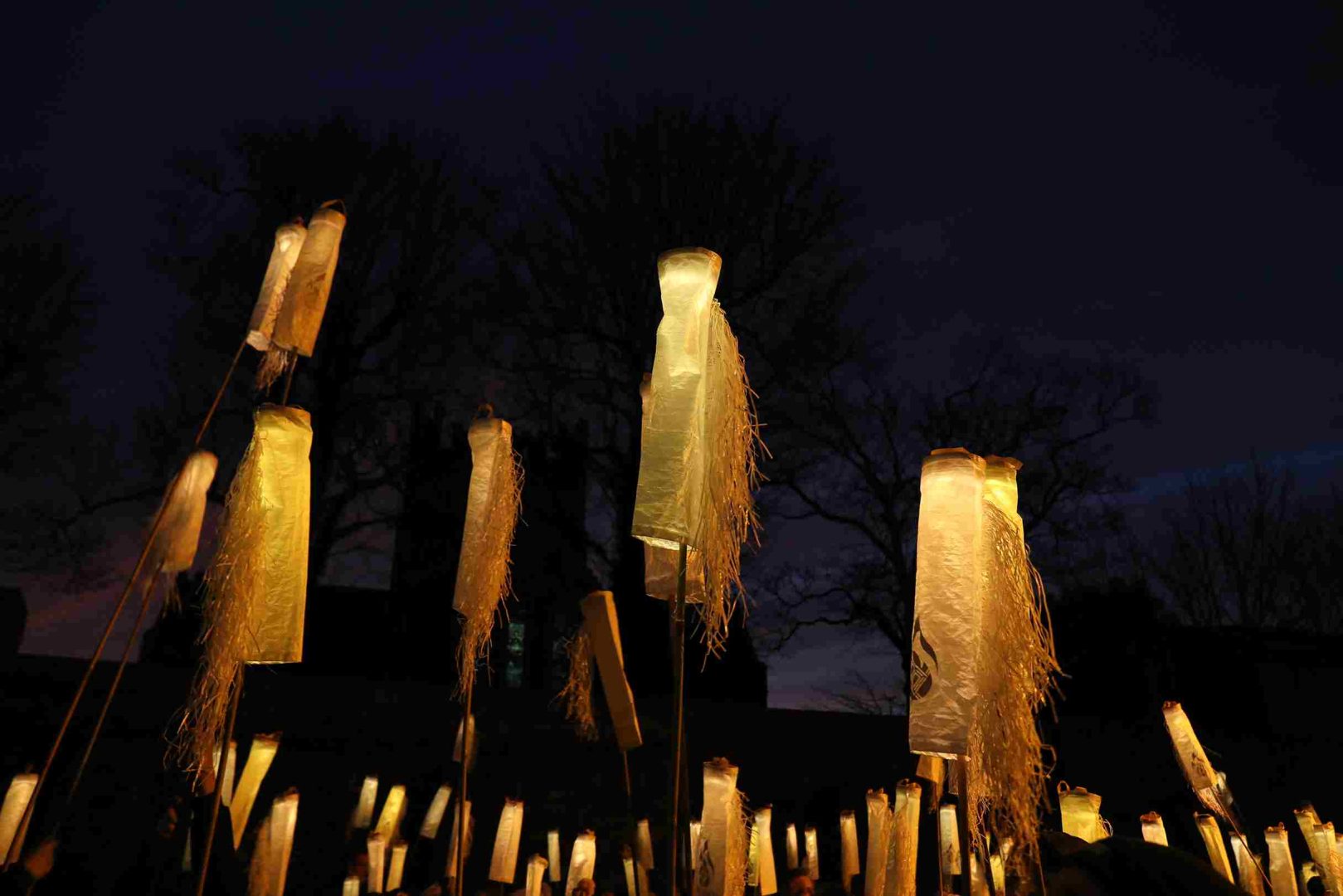
St. Brigid
St. Brigid is one of Ireland’s best known Irish saints. She was born around 453 A.D. and died in 524. There are many stories and legends relating to her birth and early years. Although one story suggests Faughart, Co. Louth, as her place of birth, there is a strong tradition in Kildare that she was born in Ummeras, about 5 miles northwest of Kildare town. Her father, Dubhthach, was a local chieftain – a military leader.
Her mother, Broicseach, was a ‘bondmaid’ in Dubhthach’s household and tradition holds that she became a Christian. St. Brigid was born at a time of transition in Irish society. Her life straddles the pre-Christian Christian era. She inherited some of the attributes and some of the folklore surrounding the pre-Christian deity of similar name. Much of what we are told about Brigid comes from an oral tradition as records only began at the beginning of the 7th century. It is likely that Brigid became a Christian in her early teens. According to some accounts she grew up in her father’s household and is associated from an early age with dairying, taking care of the cows and the calves, making the butter, and brewing the ale.
As a result, in her iconography, she is often portrayed with a cow or a bucket of milk. She became famous for her charity sometimes driving her father and stepmother to distraction by her prodigal giving to the poor and the needy. There is a story, possibly true, that when she was in her late teens and of marriageable age, her father and stepbrothers wanted her to marry, as her stepbrothers were keenly interested in the ‘bride price’ her prospective husband would be obliged to pay the family. She was beautiful and had a number of eligible suitors, but Brigid was resolute in her refusal to marry. She had by then become a Christian and wanted to live her life totally dedicated to God as a nun. In the face of her persistence and determination her father relented and allowed her to consecrate her life to God. Widely regarded as an icon of feminine strength and leadership, Brigid challenged and transcended traditional gender roles of her era.
